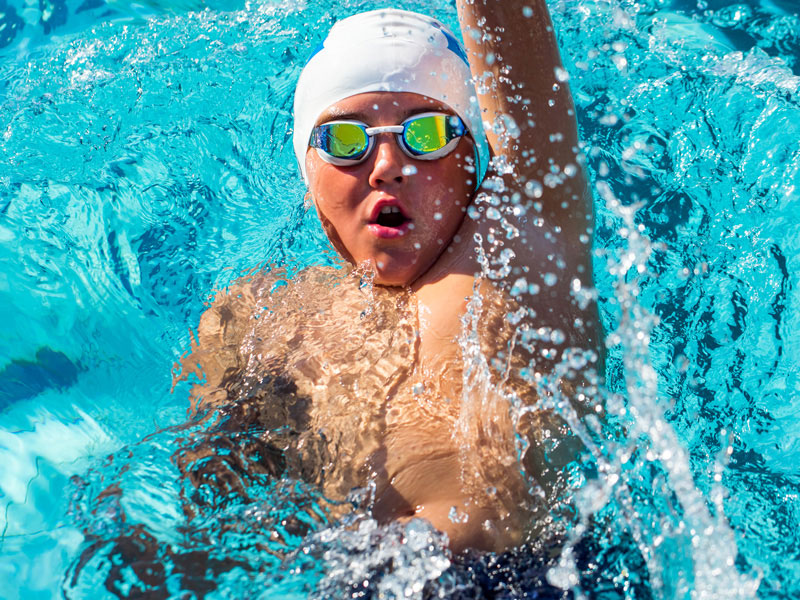Most young people require a sports physical before they can take part in school athletics or activities.
Before summer camps ramp up or school starts again, it’s a good idea to schedule a physical for summer and fall sports and activities.
Autumn Nelson, a family nurse practitioner with Sanford Health in Fargo, North Dakota, offers the following helpful tips for parents.
When a sports or activities physical is needed
The requirement for when and how often a physical is needed is set by each state.
It is recommended that these checkups be completed six weeks prior to the start of either the school or activity season that your child is participating in.
This six-week period allows time for any additional check-ins needed that may stem from this physical appointment. That may include therapy to an injury that is yet to be fully healed and could possibly limit the child from performing at full health and put them at a greater risk to re-injure themselves.
What a sports & activities physical will check for
During the check-in, a nurse or provider will check for several items with an overall goal of understanding the well-being of the child to perform any physical activity. Past medical history is assessed first to be aware of any past illness or surgeries, along with any past injuries or concussions.
This check-in will also go through basic height, weight and arm circumference to check for any concerns or abnormalities.
Heart health is very important as well and can determine if children can sustain physical exercise without putting themselves at risk for cardiovascular concerns. Identifying a lung condition or shortness of breath problem are also very important to address. These can often go unnoticed without a trained professional looking for them.
Differences in physicals based on age
Everything that is covered at a young age remains important as a child grows.
As the child ages, more in-depth questions about social history such as drug use are addressed. This is a good age to start this discussion, which allows parents to be aware and children to understand the risks of their choices. At every sports and activity physical, preventive steps of a healthy lifestyle, such as eating habits and remaining active, are addressed.
What parents can take away from these appointments
If a child or parent has any question about how to stretch a certain muscle or do a stretching routine daily at home, primary care providers are qualified to recommend this type of basic therapy.
This is also a time to check if a past injury has been fully healed. If the child is still feeling a substantial amount of pain, that is when providers refer them to a physical therapist who can go in depth into rehabbing this injury.
These young athletes are also told several times that if they take any sort of strong hit to the head they should tell their parents and coaches right away so they can be evaluated for a concussion.
Providers and nurses also can recommend sports gear that they think is safer than other products. They also recommend that students take advantage of trainers who are on site at their school. These trainers can go further into preventive gear and care, and things such as taping ankles or wrists.
This is also a great time to ask any question that a parent or child may have, even if it is not related to their sport or activity.
Learn more
- Well child visit: When to schedule and what to expect
- Concussions and sports medicine: Podcast
- Sanford study shows fewer head impacts in youth football
…
Posted In Back to School, Bismarck, Children's, Family Medicine, Fargo, Healthy Living, Sports Medicine
